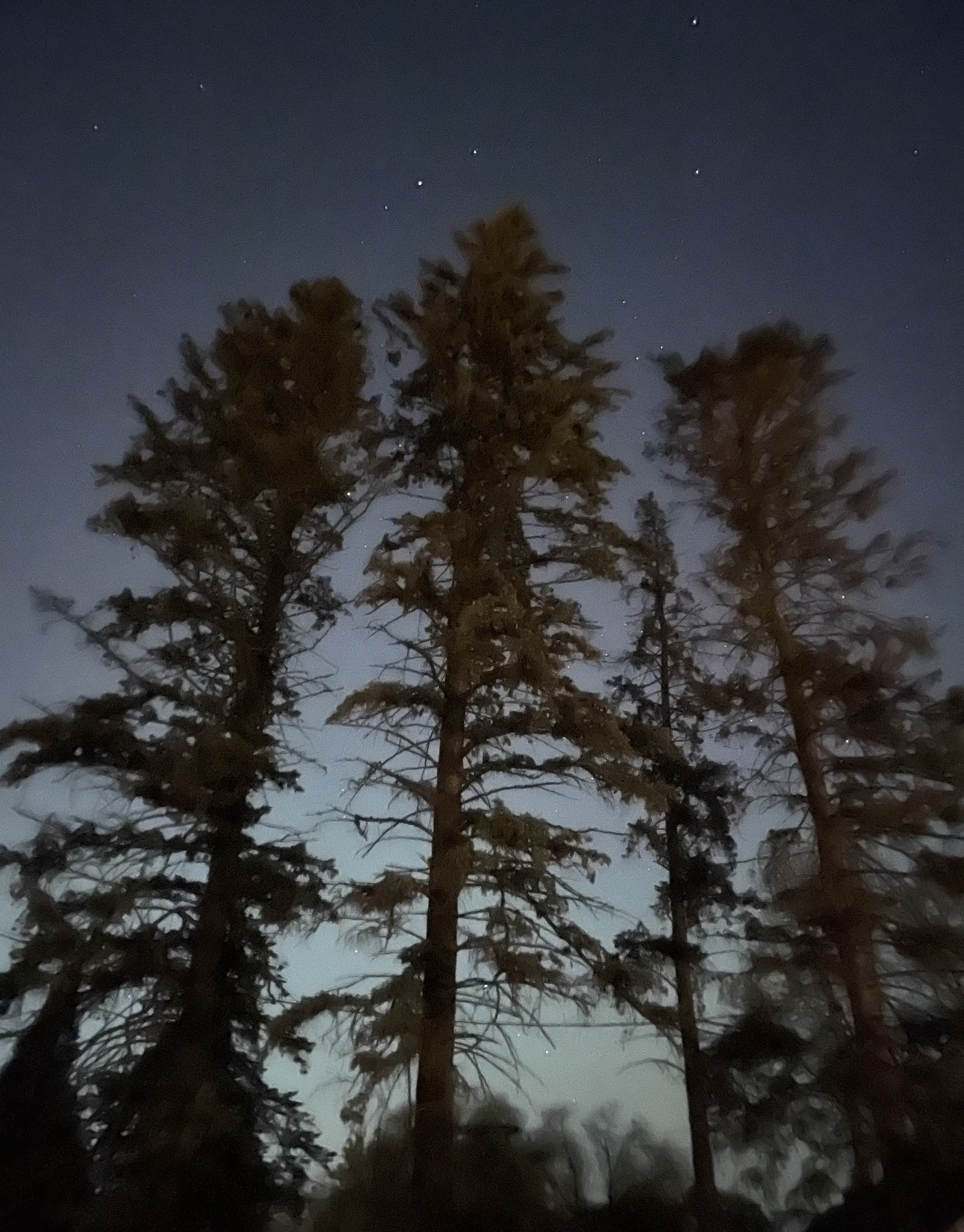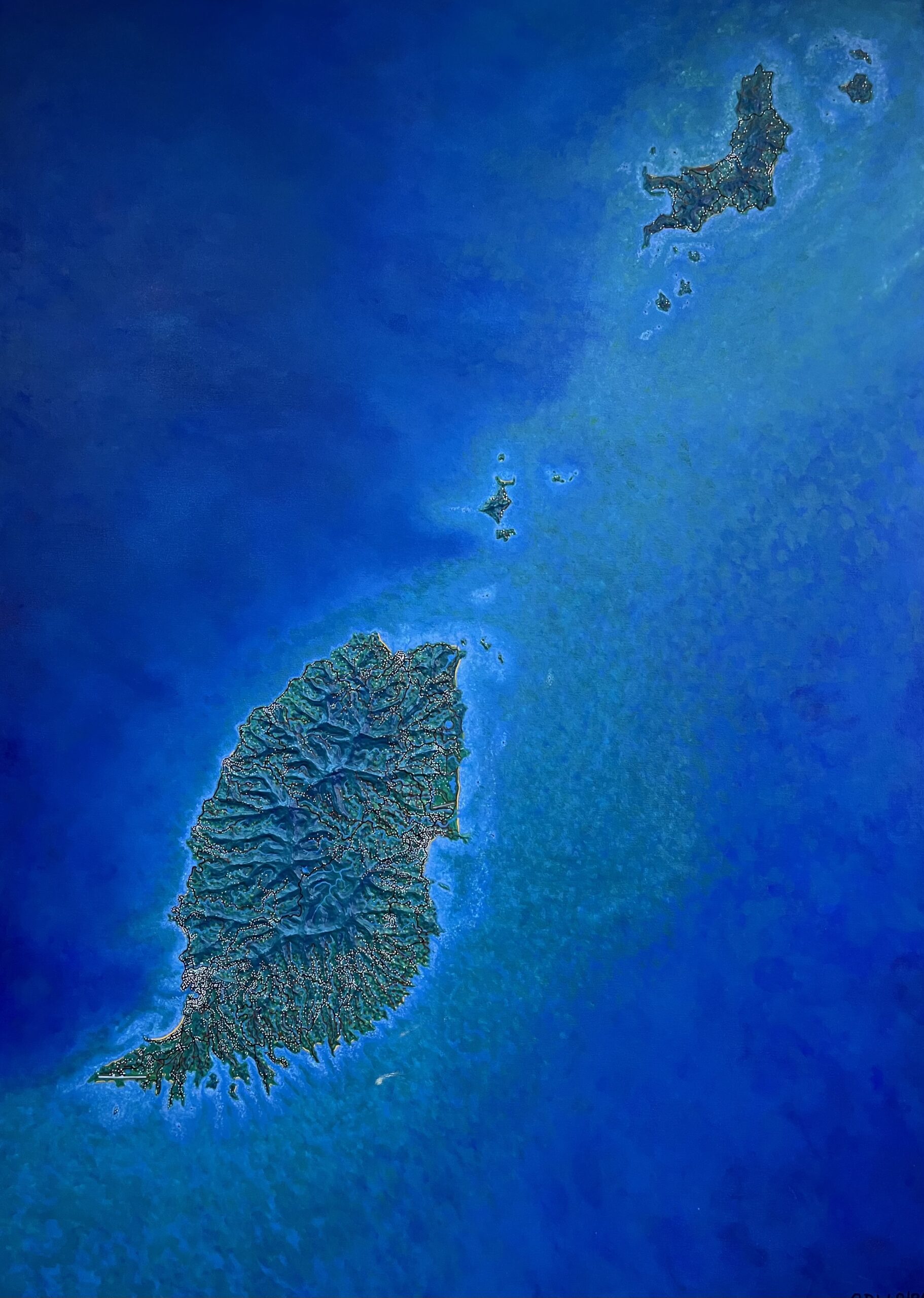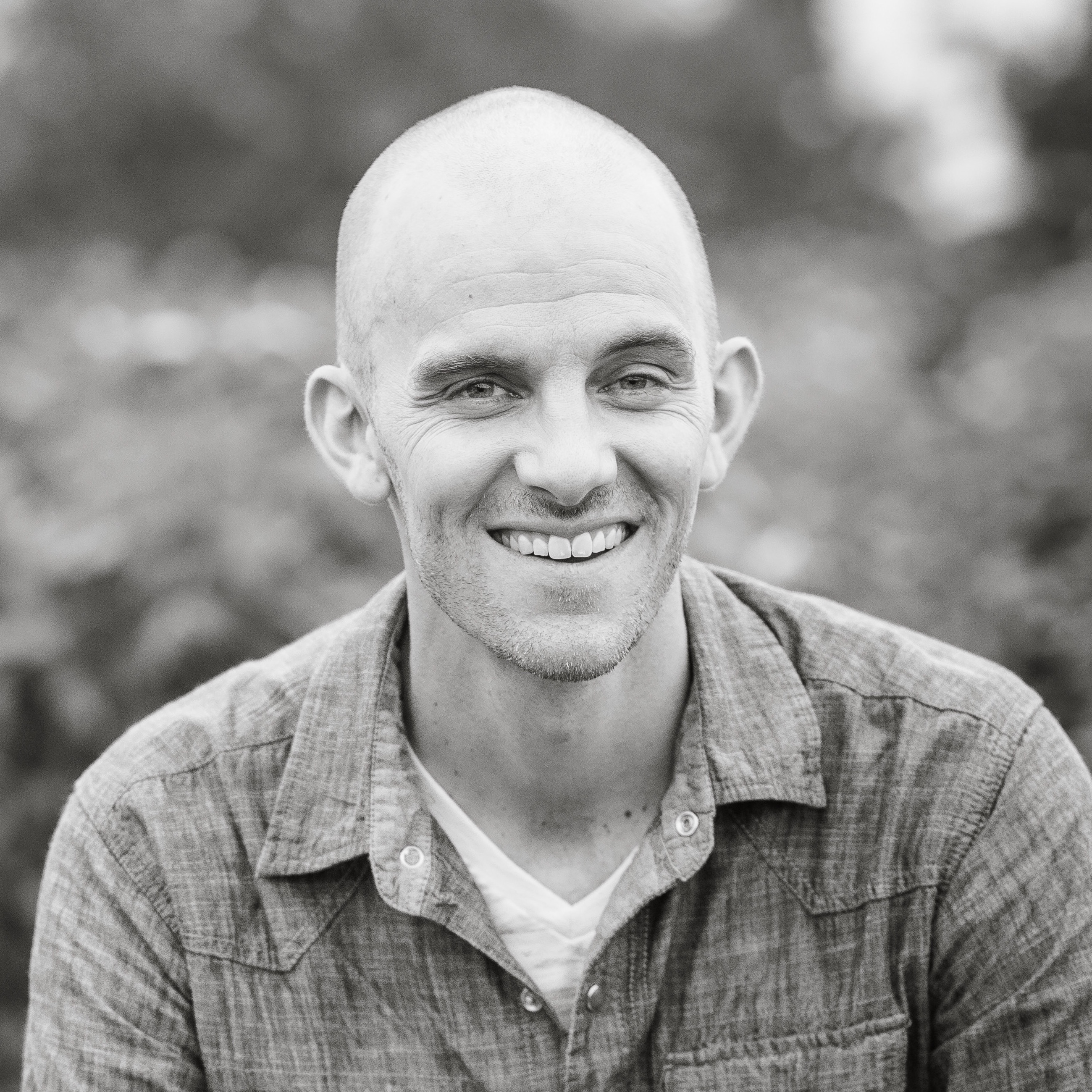Who doesn’t face difficulty in life? Difficult decisions, for starters, are part of being human. Each day presents us with countless choices—some big, some small.
But what about difficult internal experiences? At some point, we all have experienced things like negative emotions, unwanted thoughts, or intrusive memories. We may even be engaged in an ongoing battle with depression or anxiety, or avoid situations that would lead to a more fulfilling life because of an unspoken fear holding us back.
Acceptance and Commitment Therapy, or ACT (pronounced like the word “act”) is an evidence-based tool that can help you accept your difficult internal experiences and commit to taking action that brings you fulfillment in life. In other words, it’s a way of choosing to act according to your values rather than allowing your difficult internal experiences to dictate how you live.
One of my favorite quotes about choice comes from the Austrian neurologist and psychologist Viktor Frankl. In his book Man’s Search for Meaning, he writes:
Everything can be taken from a man but one thing: the last of the human freedoms—to choose one’s attitude in any given set of circumstances, to choose one’s own way.
ACT takes a similarly empowering view of choice in response to human suffering. In Reclaim Your Life: Acceptance & Commitment Therapy in 7 Weeks, psychologist Carissa Gustafson describes how the mindfulness components of ACT help you make the choice to live out your values despite the difficult experiences you may face. She writes:
They allow you to pay attention to difficult experiences like thoughts, feelings, memories, sensations, and urges without immediately reacting to them. Instead, you make a conscious decision as to how you want to respond to any given situation based on your values.
Many of our internal struggles are the result of the storytelling mind, something that makes us uniquely human. While our ability to tell stories allows us to do many wonderful things, it can also lead us to believe things about ourselves and our world that are untrue or unhelpful. In fact, oftentimes the stories we tell ourselves make our internal suffering worse. ACT helps us overcome this trouble through gaining psychological flexibility. Just like performing exercises to increase our body’s flexibility, we can also use strategies to increase our mind’s flexibility.
There are six core processes of ACT that can be used to increase psychological flexibility. In his book Get Out of Your Mind and Into Your Life: The New Acceptance and Commitment Therapy, Dr. Steven C. Hayes calls them “the ACT hexaflex.”

Let’s break it down:
1. Acceptance
Essentially, the “acceptance” part of ACT entails welcoming any experience, whether positive or negative, into your life without judgement. In his poem “The Guest House,” 13th-century Persian poet Rumi encourages us to welcome every kind of guest into our home. “Entertain them all!” he says.
The negative spaces are part of life and we should accept them too. I like how Henry Miller describes acceptance in The Wisdom of the Heart:
The act of living is based on rhythm—on give and take, ebb and flow, light and dark, life and death. By acceptance of all aspects of life, good and bad, right and wrong, yours and mine, the static, defensive life, which is what most people are content with, is converted into a dance, “the dance of life,” metamorphosis. One can dance to sorrow or to joy.
It’s through acceptance that we give up the fight to control the uncontrollable, and can begin to take action toward what we value.
2. Cognitive defusion
You are not your thoughts. This idea is central to the process of cognitive defusion. We sometimes get “fused,” or attached to a negative thought, which can end up clouding our view of reality and dictating how we experience life. But if we can get some distance from the thought, or separate ourselves from it, then we gain the clarity needed to understand that it’s just a thought, and our thoughts don’t define us. It’s our choices and our actions that define us.

In his book The Creative Act, Rick Rubin describes the act of noticing the culture without feeling obligated to be a part of it:
It’s helpful to view currents in the culture without feeling obligated to follow the direction of their flow. Instead, notice them in the same connected, detached way you might notice a warm wind. Let yourself move within it, yet not be of it.
The same could be said for noticing thoughts or emotions. If we imagine them floating by us like the currents of a river, we can more easily see that they are fleeting and they are not really part of who we are. This is the power of cognitive defusion.
3. Being present
The present moment is all we have. ACT incorporates many mindfulness strategies, but perhaps none as direct as those focused on being present in the moment. In “The Haunted Mind,” Nathaniel Hawthorne writes:
Yesterday has already vanished among the shadows of the past; to-morrow has not yet emerged from the future. You have found an intermediate space.
It’s in this intermediate space that we have the power to act. Or, take Jamie xx’s song “Breather,” which features audio of a yoga teacher speaking calming words over the DJ’s backing rhythms:
Breathe
Be grateful for this present moment
The only moment that truly exists
‘Cause the past is gone
And the future is uncertain
But what we know right now is this moment
Making contact with your present-moment experience—whether it’s your external environment or your internal condition—rather than resisting it, is an essential component of ACT. Again, psychologist Carissa Gustafson describes it like this:
The point is not simply to be present, but to help increase your ability to attend to your present-moment experience so that you can respond rather than react reflexively through old habits that may not be serving you.
The only place that change can happen, after all, is in the present.
4. Self as context
This process is also referred to as the “observer self.” When our storytelling mind is in high gear we are locked into the “thinking self.” Similar to cognitive defusion, shifting into the observer self helps us gain some distance from our thoughts, or our thinking self. It’s basically the ability to view what you’re experiencing from an outside perspective instead of an inside one. We can do this through the simple act of noticing our own experience. If we can direct our attention to what we’re experiencing and name it, then we become aware of it, and it’s through that awareness that we’re able to confront it in service of living out our values.
5. Values
Once we unhinge ourselves from all the things holding us back, we become empowered to move in the direction of our values. But in order to do that, we need to know what we value. In ACT’s terms, values differ from goals, which are things that can be accomplished. Values, on the other hand, are more ongoing and provide us with direction in life.
6. Commitment
This process is also known as committed ACTion. Clever, huh? Once we’ve identified our values, the logical next step is to commit to living them out. Taken together with the other processes of ACT, we are freed to live according to our values instead of our unwanted thoughts and fears. Living like this may very well mean entering uncomfortable situations, but we do so willingly, knowing that they represent something we value. Isn’t that a much better and fulfilling way to live?
So, if you ever find yourself struggling internally with difficult thoughts or unwanted emotions, remember ACT’s hexaflex. Go ahead and flex that thought muscle! Get out of your head and move toward living out your values.












